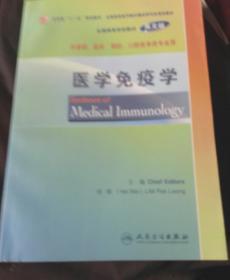
医学免疫学(本科双语)
¥ 60 九五品
仅1件
吉林长春
认证卖家担保交易快速发货售后保障
作者何维 主编
出版社人民卫生出版社
出版时间2008-02
版次1
装帧平装
上书时间2019-12-11
- 在售商品 暂无
- 平均发货时间 11小时
- 好评率 暂无
- 最新上架
商品详情
- 品相描述:九五品
图书标准信息
- 作者 何维 主编
- 出版社 人民卫生出版社
- 出版时间 2008-02
- 版次 1
- ISBN 9787117094948
- 定价 49.00元
- 装帧 平装
- 开本 16开
- 纸张 胶版纸
- 页数 442页
- 字数 743千字
- 【内容简介】
-
Essential Medical Immunology is written for medical students in the People's Republic of China and is adapted largely from Immunology (Seventh Edition) by David Male, Jonathan Brostoff, David B Roth and Ivan Roit, with the permission of Mosby Elsevier Publishers. Information from other sources,including research articles, has also been included.
Immunology is an experimental biomedical science concerned with the study of the structure and function of the immune system in all life-forms, while medical immunology emphasizes on the human system and the diseases associated with it. Starting from the pioneering observations of people like Edward Jenner, who in 1798 performed the first vaccination, or Frank Widal who, in 1896, developed the first serological test, immunology has grown enormously to become an important, complex discipline that has permeated into many other fields of biology, including such diverse areas as neuroscience and biotechnology.
The book attempts to provide a brief account of immunology to medical students and is divided broadly into
' Basic Immunology and Clinical Immunology'. Although the aim is to keep the text simple and concise, depth has been given to some areas to provide a more comprehensive understanding for the more enthusiastic students. We hope students will find the book both informative and user-friendly.
We are indebted to Associate Profess~6r Yang Gao, Ms. Xianqian Kong and Ms. Peggy Fung for their secretarial assistance. - 【目录】
-
Section I Basic Immunology
Chapter 1 Overview of the Immune System
INNATE IMMUNITY
Physical and Chemical Barriers
Phagocytic Cells
Auxiliary Cells
Soluble Mediators
Complement Proteins
Toll-like Receptors
ADAPTIVE IMMUNITY
B and T Cells
Cytokines
Specific Immune Responses
Three Phases of Immune Responses
Crosstalk between Innate and Adaptive Immunity
IMMUNOPATHOLOGY
inflammation and Tissue Injury
Allergen-induced Immunopathology
Autoantigen-induced Immunopathology
IMMUNOLOGICAL APPLICATIONS
Vaccination
Immunotherapys and immunoassays
Chapter 2 Cells, Organs and Tissues of the Immune System
IMMUNE CELLS
Innate Immune Cells
Adaptive Immune Cells
IMMUNE CELL SURFACE RECEPTORS FOR ANTIGENS
Pattern-recognition Receptors on Innate Immune Cells
B Cell Receptor on B Cells
T Cell Receptor on T Cells
MHC Molecules
IMMUNE ORGANS AND TISSUES
Primary Lymphoid Organs-Bone Marrow and Thymus
Secondary Lymphoid Organs and Tissues-Spleen, Lymph Nodes
Chapter 3 Soluble Mediators of the Immune System
ANTIBODIES
Structure of lmmunoglobulins
Bifunctional Activities of lmmunoglobulins
A Vast Repertoire of Antigen-binding Sites
Somatic Hypermutation and Affinity Maturation
COMPLEMENT
Complement Activation Pathways
Complement-mediated Inflammatory Reaction
CYTOKINES
Chapter 4 The Innate Immune Response
COMPONENTS OF INNATE IMMUNITY
Physical and Chemical Barriers
Phagocytic Cells, NK cells, Blood Proteins and Cytokines and MALT
RECOGNITION OF INNATE IMMUNITY
Pattern Recognition Receptors and Pathogen-associated Molecular Patterns ..
NK Cells Recognition via Their Inhibitory Receptors and Activating Receptors
RESPONSE MODELS OF INNATE IMMUNITY
Cytotoxicity to Target Cells
Killing Microbes and Inflammation
Chapter 5 The Adaptive Immune Response
ANTIGEN PRESENTATION
Types of APCs
Antigen Processing
Exogenous Peptides Presented by MHC Class II and Endogenous Peptides Presented by MHC Class
Co-stimulatory Molecules for T Cell Activation
Immunological Synapse
Antigen Presentation and the Course of an Immune Response
ACTIVATION OF T AND B LYMPHOCYTES
B Ceils Responses to TI or TD Antigens
Signal Transduction in T and B Cell Activations
The Interaction between B Cells and TH Cells :
Proliferations and Differentiations of Activated T and B Cells
……
点击展开
点击收起
— 没有更多了 —





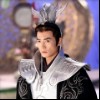
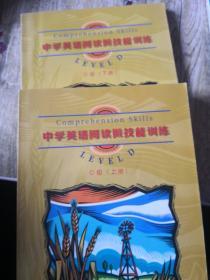
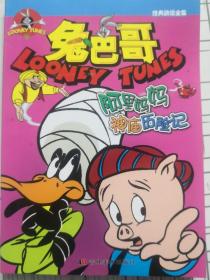
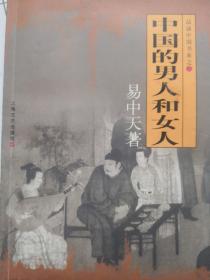
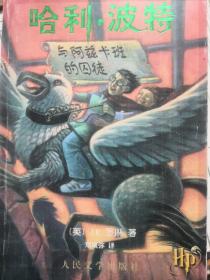
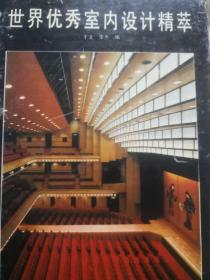


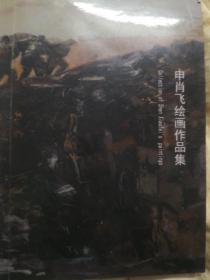
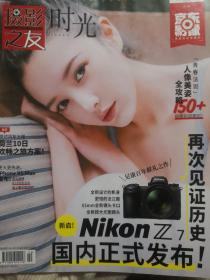

以下为对购买帮助不大的评价